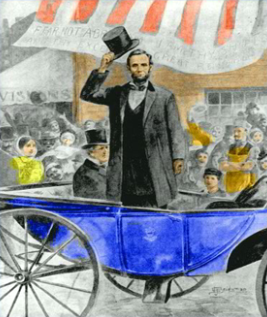UNDERSTANDING TIMELINES
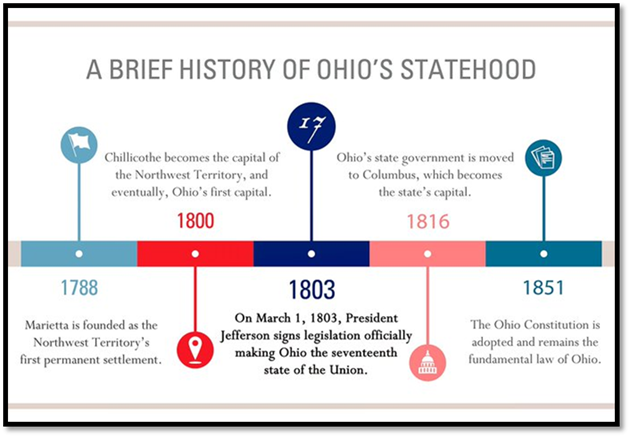
Unit
Overview
In this unit, students will use dates from historical events
in the local community. Students can demonstrate an understanding of units of time
(years, decades, and centuries) and chronological order by placing these events
in sequential order on a timeline.
Key
Vocabulary
|
Term |
Definition |
|
Year |
a measurement of time;
length is 365 days |
|
Decade |
a measurement of time;
length is 10 years |
|
Century |
a measurement of time;
length is 100 years |
|
Chronological Order |
the order in which
events happened |
|
Timeline |
A visual representation of the order
in which different events occurred |
Watch this video to learn about timelines before the lesson
begins.
What is a
timeline?
In this unit, we will learn about timelines and their role in
helping us understand history. Think of a timeline as a special picture that shows
events in the order they happened. Weíll explore how timelines are organized by
years, decades (ten years), and centuries
(100 years). Timelines help us see the big picture of history and understand
the sequence of events. Here is an example of what a timeline may look like:
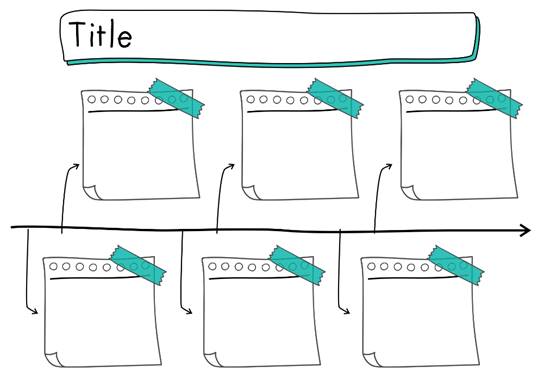
Why do we
need timelines?
Now that we know what timelines are, letís find out why they
are important. Weíll discover that timelines help us keep track of important events
and understand how they are connected to each other. Imagine if all the
historical events were jumbled up with no order- it would be very confusing!
Timelines help us make sense of the past, see how different events fit
together, and explore history chronologically.
Exploring
Local History with Timelines
This section talks about how we use timelines to explore the
history of our own community. There are fascinating events that have taken
place in Ohio! There are things like when it was founded or important events
that shaped what Ohio is today. Using a timeline, we can see the order of these
events and understand how our community has changed over time.
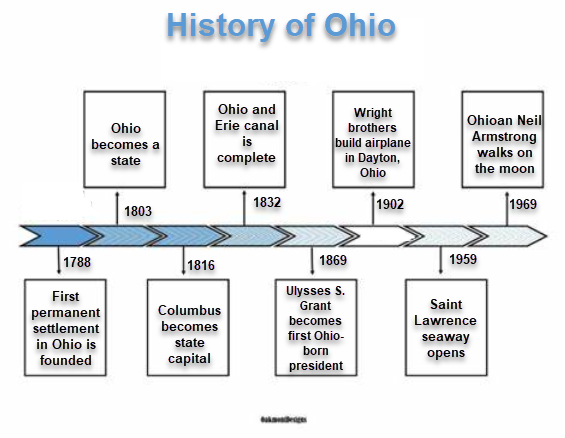
Different
Types of Timelines
Did you know that there are different types of timelines? We
will look at various timeline formats that help us understand history
differently.
There are horizontal timelines (side to side), which show events in a straight line.
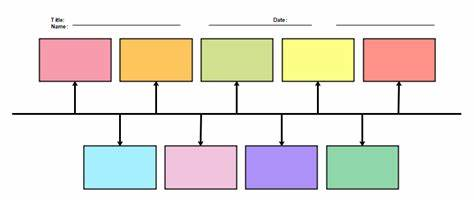
There are vertical timelines (up and down) that show events from top to bottom.
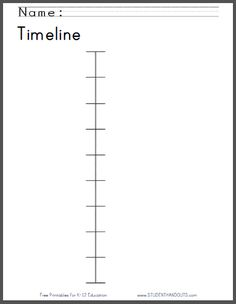
Uses of
Timelines
Timelines are useful for us to understand events in
chronological order, cause and effect relationships, and compare events happening
in different parts of the world. By observing timelines, we can also see
patterns and trends over time. This helps us make connections between different
historical periods.
Unit
Summary
Congratulations, young historians! You have now learned about
the uses of timelines in understanding the history of our local communities in
chronological order. Timelines help us visualize the order of events,
understand connections, and explore history in different formats while
maintaining correct sequence. Using timelines, we can make sense of the past,
appreciate the stories that shape our community, and understand how events
unfold over time.
Letís Practice
Click on
the image to complete a timeline of Abraham Lincolnís life!
